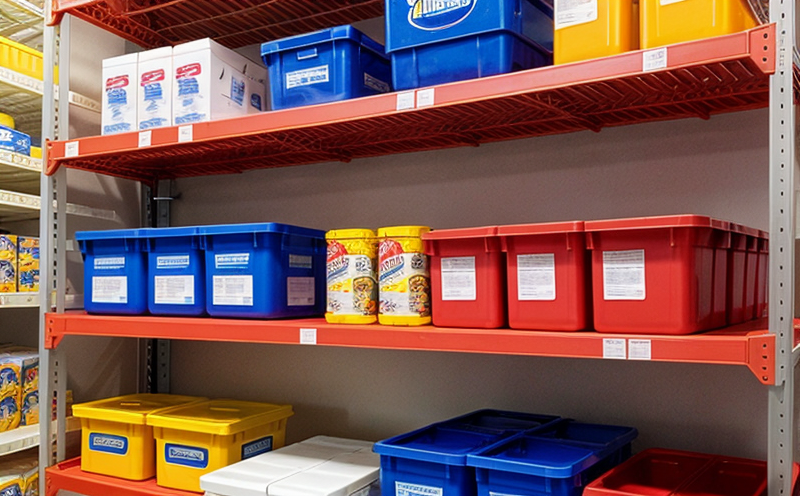ISO 60415 Real-Time Shelf Life Studies in Beverages
The ISO 60415 standard is pivotal in ensuring that beverages meet the highest standards of safety and quality throughout their shelf life. This service provides comprehensive real-time shelf life studies, offering insights into how various environmental factors affect beverage stability over extended periods.
Shelf life testing for beverages involves monitoring changes in physicochemical properties such as color, flavor, viscosity, and microbiological content to ensure product integrity and safety. This process is crucial for maintaining brand reputation and compliance with regulatory requirements.
The ISO 60415 standard emphasizes the importance of controlled environmental conditions during testing to simulate real-world storage scenarios accurately. By doing so, we can predict how long a beverage will remain stable under typical consumer storage conditions.
Our team uses state-of-the-art equipment and methodologies to conduct these tests rigorously, ensuring accurate results that are both reliable and reproducible. This approach not only helps in meeting current regulatory standards but also aids in developing products that can withstand the rigors of modern distribution channels.
In addition to standard compliance, our shelf life studies provide valuable data for product development and optimization efforts. Understanding how different storage conditions impact your beverage allows you to make informed decisions about formulation adjustments or packaging improvements aimed at extending shelf life without compromising quality.
We also offer advice on best practices for handling and storing your products post-testing based on our findings. This includes recommendations regarding optimal temperature ranges, humidity levels, and other environmental factors that could affect product longevity.
By leveraging ISO 60415 shelf life studies, businesses can gain a competitive edge by ensuring their products meet rigorous quality standards while extending market shelf life. Our services are tailored specifically to help you achieve these goals effectively and efficiently.
Scope and Methodology
| Parameter | Description |
|---|---|
| Temperature Range | The study typically covers a wide range of temperatures, from 4°C to 30°C, reflecting common storage conditions encountered by beverages in retail environments. |
| Humidity Levels | We evaluate humidity levels ranging between 25% RH and 75% RH to assess potential impacts on product quality. |
| Light Exposure | Various light sources are employed, including natural sunlight and artificial UV lamps, to simulate exposure during transit or display. |
| Sample Size | A minimum of 3 replicate samples per condition is used for each test run to ensure statistical significance and reliability. |
Benefits
The benefits of conducting ISO 60415 shelf life studies extend beyond mere compliance; they offer strategic advantages that can significantly impact business operations and consumer satisfaction. Here’s why this service is essential:
- Regulatory Compliance: Ensures adherence to international standards, thereby avoiding potential legal issues.
- Informed Decision Making: Provides critical data that informs product development strategies and enhances overall quality control processes.
- Consumer Confidence: Demonstrates commitment to high-quality products, fostering trust among consumers.
- Economic Efficiency: By identifying optimal storage conditions early in the development process, companies can reduce waste and lower production costs.
Environmental and Sustainability Contributions
Conducting thorough shelf life studies contributes positively to environmental sustainability by promoting efficient resource utilization. By optimizing storage conditions through detailed analysis, companies can minimize waste and extend the useful lifespan of their products.
This approach helps reduce unnecessary production runs and transportation needs, ultimately leading to lower carbon footprints associated with manufacturing and distribution processes. Additionally, accurate shelf life predictions enable better forecasting of inventory levels, further supporting sustainable practices within supply chains.





